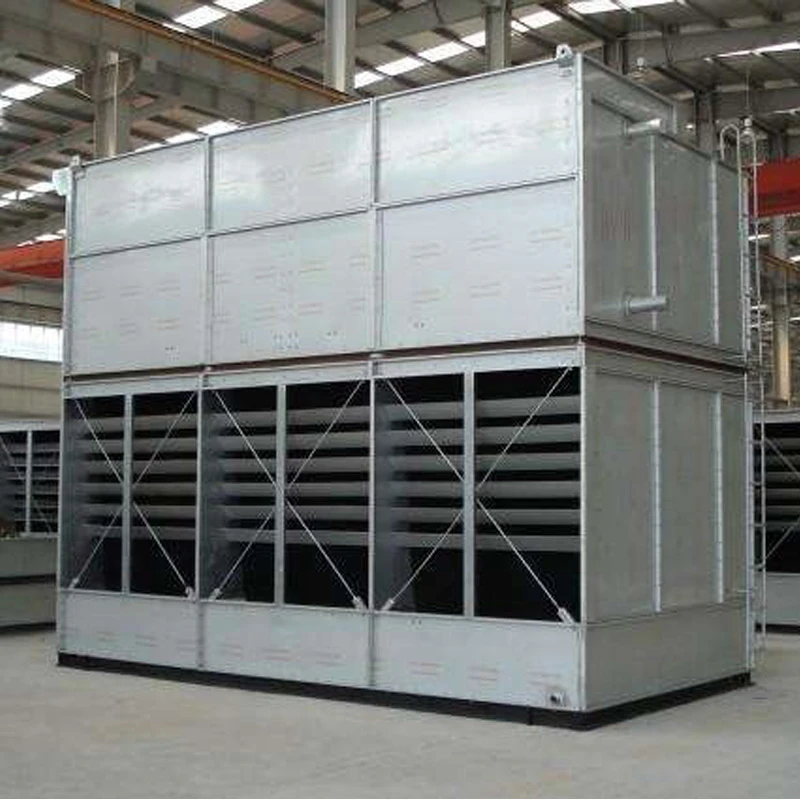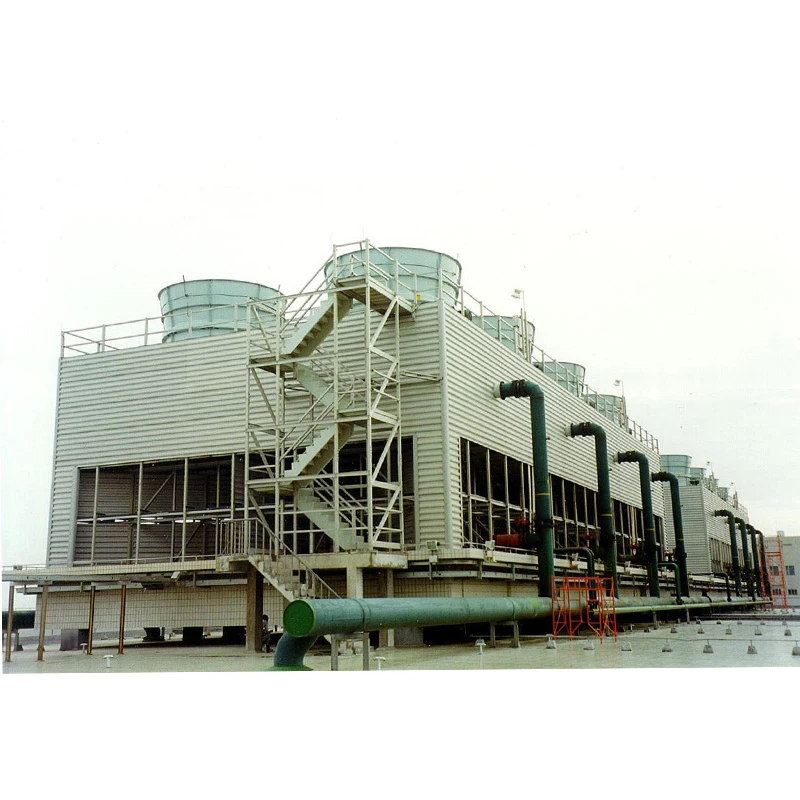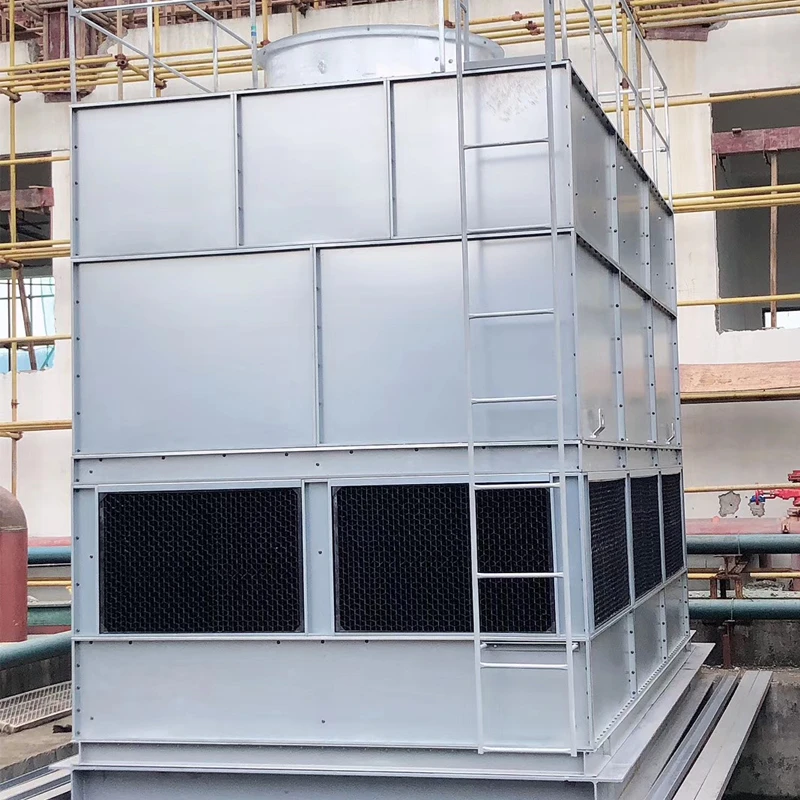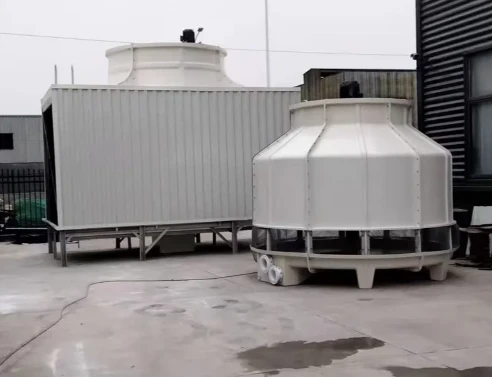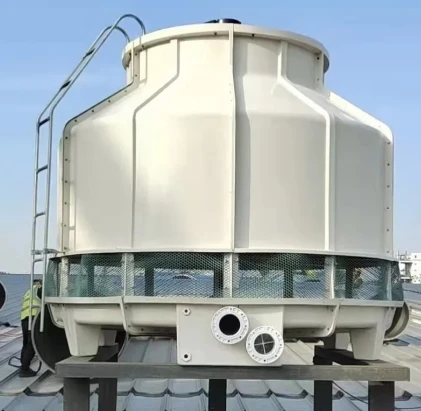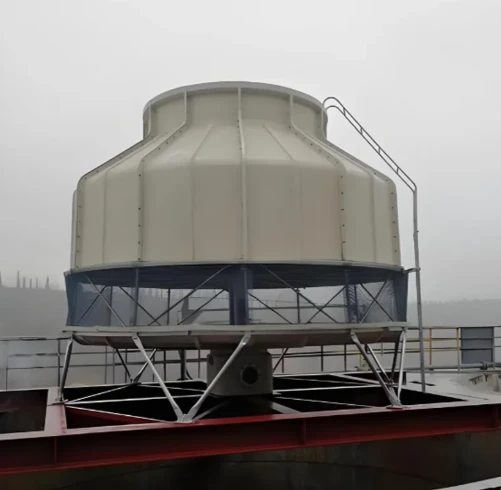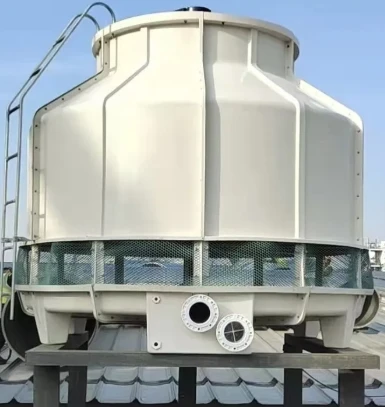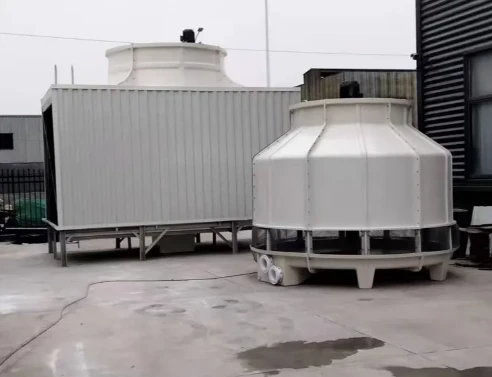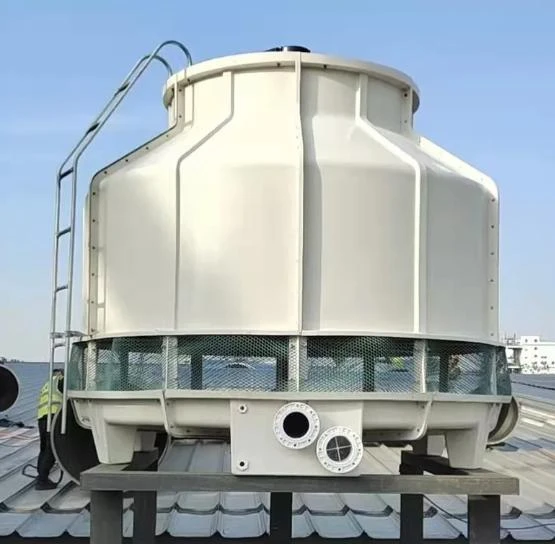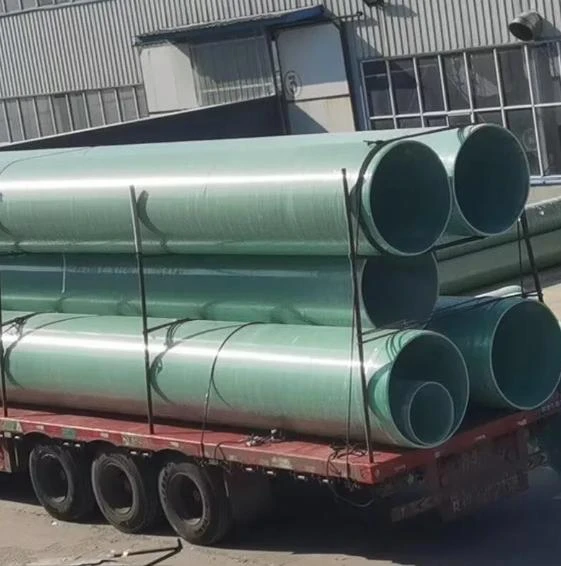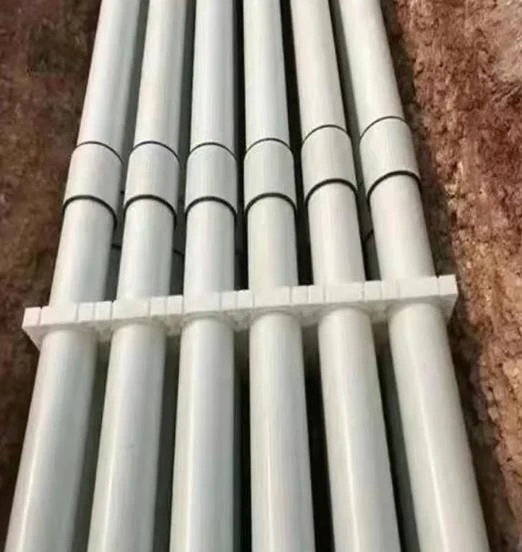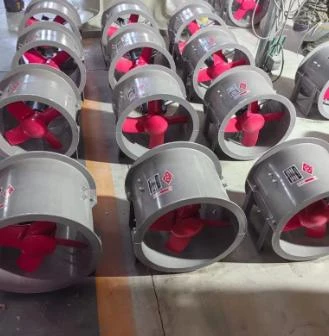

We Are Open 24 Hours a Day, 7 Days a Week, Including Weekends and Public Holidays.
- Introduction to Counter Flow and Cross Flow Systems and Their Significance
- Technical Comparison: Heat Exchanger Design and Performance
- Cooling Tower Configurations: Functional Differences and Data Analysis
- Manufacturers’ Comparison for Industrial Applications
- Customized Solutions and Selection Criteria
- Application Scenarios: Real-World Case Studies
- Summary: Counter Flow and Cross Flow – Final Thoughts

(counter flow and cross flow)
Counter Flow and Cross Flow: An Essential Engineering Overview
The concepts of counter flow and cross flow
are foundational in thermal engineering, especially in the context of heat exchangers and cooling towers. Both systems work by facilitating heat transfer, but their operational principles lead to marked differences in performance and application suitability. This analysis explores the technical variations, data-driven comparisons, and industrial adoption of these flow arrangements. Their significance in process efficiency and energy consumption has driven continuous innovation and demand for tailored solutions in industries such as power generation, HVAC, chemical processing, and manufacturing.
Technical Comparison: Heat Exchanger Design and Performance
Evaluating the difference between cross flow and counter flow heat exchanger designs is critical for efficiency and operational cost. Counter flow arrangements allow fluid streams to move in opposite directions, maximizing the temperature gradient across the heat exchanger's length. In contrast, cross flow configurations intersect at right angles, which can reduce efficiency but offer construction and space-saving advantages. According to data published by ASHRAE, counter flow heat exchangers achieve up to 15-20% higher thermal effectiveness under comparable conditions, largely due to sustained temperature differences throughout the device. Moreover, counter flow systems are more suitable for processes requiring near-exact temperature approaches, even when entrance and exit temperatures are tightly constrained. Yet, cross flow systems can handle asymmetric flow rates and non-uniform temperature distributions more gracefully, making them valuable in variable process environments.
Cooling Tower Configurations: Functional Differences and Data Analysis
When examining the difference between cross flow and counter flow cooling tower designs, operational strategies and maintenance profiles come to the forefront. Cross flow cooling towers manage airflow horizontally through the fill, with water flowing vertically, while counter flow types have both air and water moving in opposite vertical paths. This arrangement influences footprint, capital cost, plume control, and water evaporation rates. Consider the following comparative data:
| Parameter | Counter Flow Cooling Tower | Cross Flow Cooling Tower |
|---|---|---|
| Thermal Efficiency (%) | Up to 95 | 90-92 |
| Footprint (sq. m per MW) | 6.5 | 5.3 |
| Maintenance Requirement | Moderately High | Lower |
| Water Distribution System | Pressurized Sprinkler | Gravity-Based Troughs |
| Capital Cost (USD/ton) | 140-170 | 130-160 |
| Noise Levels (dBA) | 68-72 | 63-67 |
These metrics highlight the inherent trade-offs. Counter flow systems, while offering superior efficiency and reduced drift, require intricate water distribution and incur higher cleaning costs. Cross flow towers, with their open structure, are more accessible for routine maintenance and are better suited to environments where noise sensitivity and easy inspection are priorities.
Manufacturers’ Comparison for Industrial Applications
Industrial operators weigh various criteria when choosing between these flow designs, and leading manufacturers offer specialized product lines to meet diverse demands. Companies such as SPX Cooling Technologies, Marley, BAC (Baltimore Aircoil), and EVAPCO provide both counter flow and cross flow models, adapted for specific market needs:
- SPX Marley: Notable for advanced counter flow towers with integrated drift eliminators and high-efficiency fill media. Their Aqua-Save technology claims up to 30% water use reduction over legacy designs.
- BAC: Offers cross flow cooling towers renowned for modularity and ease of installation. BAC's TriArmor corrosion protection extends operational lifecycle by 40% relative to standard galvanized sheets.
- EVAPCO: Known for stainless steel counter flow units with adaptive fan control, achieving a 14% reduction in operational noise and significant energy savings.
- YORK (Johnson Controls): Delivers innovative cross flow towers with automated basin sweeper systems, reducing manual cleaning labor by half.
These differences are reflected not only in upfront costs but also in operating expenses and adaptability to evolving environmental regulations. End-users must assess total cost of ownership, including energy, water, and maintenance factors, alongside compliance guarantees and after-sales service.
Customized Solutions and Selection Criteria
The optimal choice between counter flow and cross flow systems is seldom universal; bespoke designs are increasingly prevalent to accommodate unique site constraints and regulatory needs. Factors influencing selection include ambient climate, available utility space, desired approach temperature, water quality, and noise abatement requirements. For example, a pharmaceutical manufacturer seeking tightly controlled process temperatures to within ±1°C will find a counter flow design advantageous, offering a higher log-mean temperature difference (LMTD) and better turndown performance. Conversely, urban office complexes may opt for cross flow towers to leverage their compact, low-noise profiles and simplified seasonal maintenance.
Modern software tools, such as CFD (Computational Fluid Dynamics) simulations and digital twin modeling, now allow plant engineers to optimize flow distribution, minimize dead spots, and predict scaling or fouling risks. As environmental restrictions tighten, integrating drift eliminators and high-efficiency nozzles can yield up to 20% reductions in water drift losses and plume formation, with measurable impact on overall plant sustainability metrics. Custom retrofits, combining hybrid fill packs and advanced water treatment systems, further enhance operational flexibility.
Application Scenarios: Real-World Case Studies
Practical installations vividly illustrate the difference between counter flow and cross flow solutions in action. At a 500MW combined-cycle power plant in Texas, the retrofit of aging cross flow cooling towers with counter flow configurations increased net cooling efficiency by 7%, translating to a 2.9% rise in electricity output during peak summer months. Meanwhile, a global automotive manufacturer in Hungary adopted cross flow modular towers due to stringent urban noise restrictions, achieving compliance while reducing average maintenance downtime by 18 hours per year.
Food processing plants with limited plot space have adopted nested cross flow towers to maximize thermal dissipation within existing footprints. Data centers, prioritizing redundancy and rapid maintenance cycles, increasingly deploy cross flow towers fitted with variable frequency drive (VFD) fans to dynamically adjust flow rates, resulting in annual energy cost savings exceeding $50,000 per 1,000 tons of capacity.
These cases underscore that the most advantageous technology varies according to operational priorities, site limitations, future expansion plans, and evolving industry benchmarks.
Summary: Counter Flow and Cross Flow – Strategic Implications
In summary, understanding the nuanced difference between cross flow and counter flow heat exchanger and cooling tower arrangements enables industries to make informed investment and operational decisions. The choice impacts not just thermal performance but maintenance protocols, compliance costs, and resource consumption. Innovations from major manufacturers, combined with emerging custom and digital technologies, continue to bridge legacy limitations and open new possibilities. By aligning system design with both technical objectives and real-world site factors, organizations can secure ongoing efficiency, resilience, and regulatory compliance for years to come.
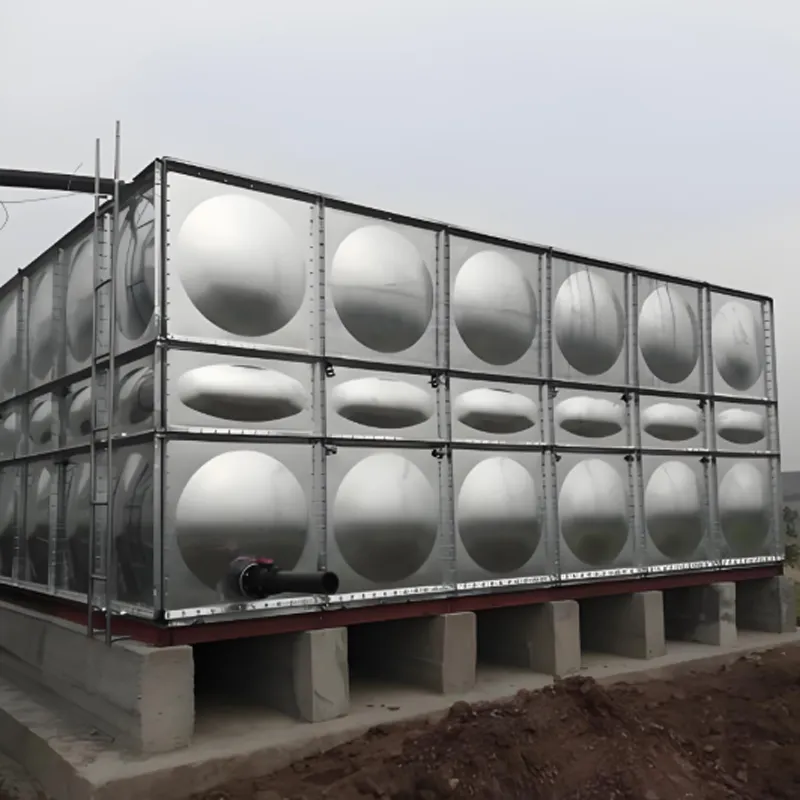
(counter flow and cross flow)
FAQS on counter flow and cross flow
Q: What is the main difference between counter flow and cross flow heat exchangers?
A: The main difference lies in the direction of fluid flow; in counter flow, fluids move in opposite directions, while in cross flow, fluids move perpendicular to each other. This design impacts heat transfer efficiency. Generally, counter flow heat exchangers provide higher thermal efficiency.Q: How does a cross flow cooling tower differ from a counter flow cooling tower?
A: In cross flow cooling towers, air flows horizontally across the falling water, while in counter flow towers, air moves vertically opposite to the water flow. This difference affects their footprint and operational efficiency. Counter flow towers are typically more compact.Q: Why is counter flow heat exchanger efficiency usually higher than cross flow?
A: Counter flow arrangement allows the coldest fluid to meet the coldest fluid, maximizing the temperature gradient throughout the heat exchanger. This leads to more effective heat transfer. Cross flow designs usually have temperature limitations.Q: What are the space and maintenance differences between counter flow and cross flow cooling towers?
A: Cross flow cooling towers require more space but are generally easier to maintain due to accessible internals. Counter flow types are more compact but can be harder to service. Choose based on your site's space and maintenance needs.Q: When should you choose a cross flow vs. a counter flow heat exchanger?
A: Choose a counter flow heat exchanger when you need high thermal efficiency and compact size. Select a cross flow heat exchanger if you want simpler construction or can accept lower efficiency. The decision depends on your specific system requirements.




Address
20 Xingyuan South Street, Zaoqiang County, Hengshui City, Hebei Province, China










